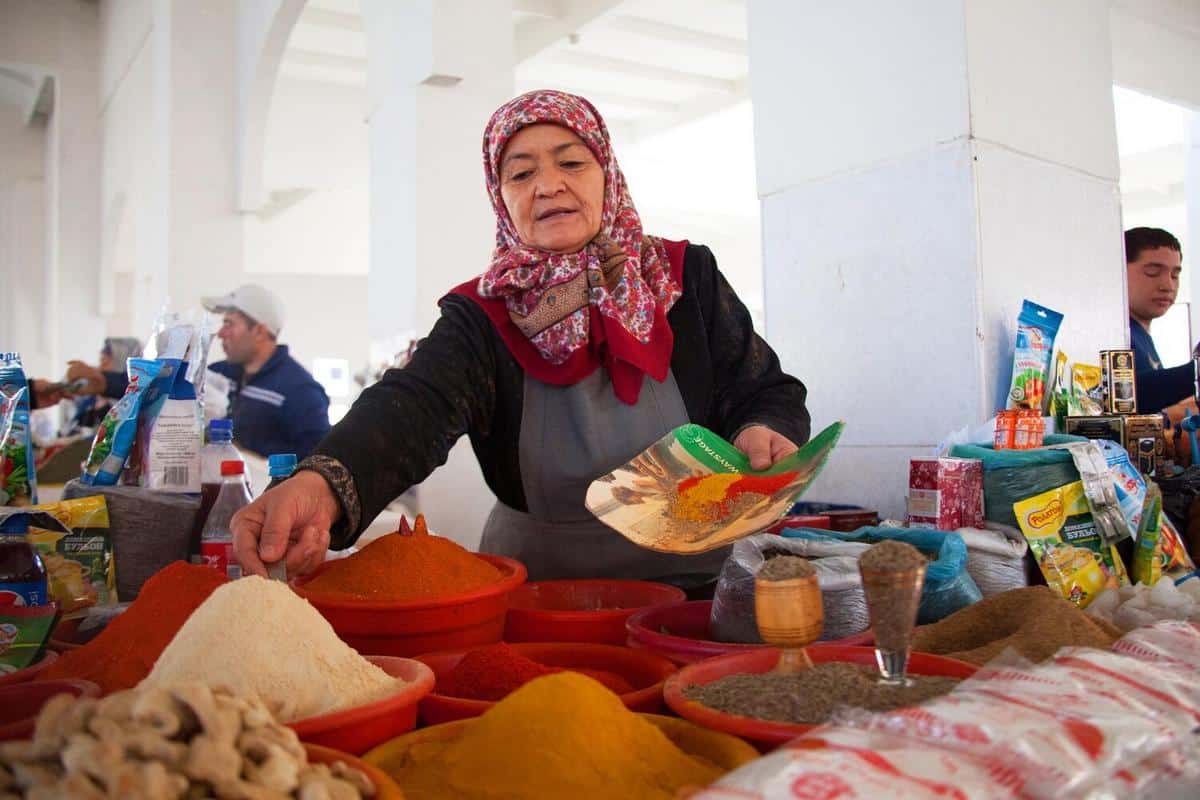
The Influence of Middle Eastern Spices in Western Cooking
Middle Eastern spices have woven their aromatic magic into the tapestry of Western cuisine, transforming simple dishes into flavorful experiences. As global culinary trends evolve, the rich and diverse palette of Middle Eastern spices continues to captivate chefs and home cooks alike.
One of the most fascinating aspects of Middle Eastern cuisine is its use of spices, which can dramatically change the flavor profile of a dish with just a pinch. Spices such as cumin, coriander, turmeric, and saffron are not only beloved in their native regions but have also become staples in Western kitchens. According to food historian Claudia Roden, ‘The influence of these spices has brought an exotic essence to Western cooking, creating new fusion dishes that highlight the best of both culinary worlds.’
The Rise of Middle Eastern Spices
In recent years, there has been a noticeable increase in the popularity of Middle Eastern spices in Western cuisine. A study by the Food Marketing Institute indicated a 25% rise in the importation of these spices to Western countries over the past decade. This surge is attributed to the growing trend of fusion cuisine and a heightened appetite for global flavors.
Aromatic Allies in Western Cooking
Middle Eastern spices are renowned for their aromatic qualities, and their ability to enhance the taste of both savory and sweet dishes is unparalleled. For instance, the warm, earthy notes of cumin can add depth to a classic beef stew, while a sprinkle of sumac brings a citrusy zing to roasted vegetables.
| Spice | Origin | Usage in Western Dishes |
|---|---|---|
| Cumin | Middle East | Stews, soups, roasted meats |
| Coriander | Middle East | Curries, salads, breads |
| Turmeric | Middle East | Rice dishes, smoothies, teas |
| Saffron | Middle East | Risottos, seafood, desserts |
| Sumac | Middle East | Salads, marinades, dressings |
| Za’atar | Middle East | Breads, roasted vegetables, meats |
| Cardamom | Middle East | Desserts, coffee, bread |
| Fenugreek | Middle East | Curries, stews, teas |
Embracing the Spice: Tips for Home Cooks
For those eager to incorporate these spices into their cooking, here are some tips to get started:
- Start Small: Begin by adding a small amount to familiar dishes and gradually increase the quantity as you adapt to the flavors.
- Mix and Match: Experiment by combining different spices to create unique blends that suit your taste.
- Freshness Matters: Ensure your spices are fresh for maximum flavor impact. Consider purchasing whole spices and grinding them at home.
To intensify the flavors of your spices, lightly toast them in a dry skillet before adding them to your dishes.
Frequently Asked Questions
How can I best store Middle Eastern spices?
To maintain their potency, store spices in airtight containers, away from direct sunlight and heat.
Are Middle Eastern spices suitable for desserts?
Absolutely! Spices like cardamom and saffron are excellent in sweets, offering a unique twist to traditional desserts.
Conclusion
The influence of Middle Eastern spices in Western cooking is a testament to the evolving nature of global cuisine. By embracing these spices, home cooks and professional chefs alike can create dishes that are both flavorful and culturally rich. So, the next time you’re in the kitchen, don’t hesitate to reach for these aromatic gems and let their magic transform your culinary creations.


